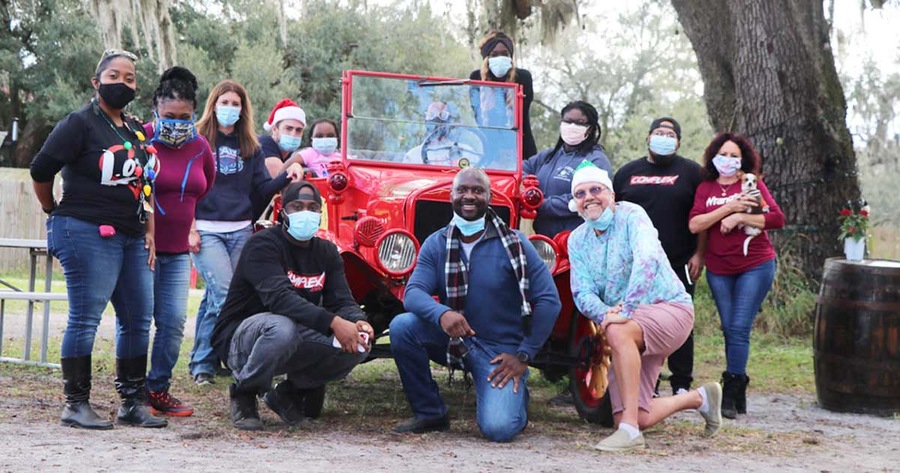Fundraising doesn’t happen by chance, it should always be intentional—Joe N. Toliver, MBA
A key function in the fund development cycle is prospecting. To prospect in fundraising means organizations must consider potential donors as a priority, and how best to connect with them. Remember, an organization will get only one chance at a first impression, so it’s important to be intentional and strategic. This can be accomplished by identifying and qualifying potential donors, setting solicitation goals, and demonstrating your organization’s value.
Prospect Identification (Research)
An important function in the fund development cycle is prospect identification. Facilitating research about potential donors helps with pursuing goals and developing a robust list of donors. This document is known as a fundraising pipeline, which is complemented by the qualification phase of the fund development cycle. When an organization qualifies a prospect and prioritizes donors with the most potential, they ask several of the following probing questions:
- Does the donor have the giving capacity we need?
- Is there a demonstrated pattern of giving to your sector or area of focus?
- Do they give within your geographic area?
- Do you have any established connections with someone on their Board of Directors or other key decision makers?
Upon initial contact with a potential donor, it’s important to gather the right information when building relationships through the friend-raising process (I’ll share friend-raising tips in our next blog). Calling a prospect and establishing a connection with a decision maker through probing questioning and persistence provides an opportunity for the solicitation phase of the fund development cycle, also known as the ASK.
Solicitation: The Ask!
Once you have a qualified prospect, the next stage in the fund development cycle is to cultivate them before approaching the ASK. Donor cultivation is a process of continually adding new donors to your organization’s solicitation list, motivating major donors to make repeat gifts, and encouraging small donors to increase the size of their gifts. The ASK could take the form of a proposal, a letter of intent, or a simple verbal request. It’s the responsibility of organizations to deliver their message in a clear, succinct, and productive way. Most importantly, in a way that addresses the priorities of the funder. The message needs to be compact yet cover all the important aspects of the project in a compelling way.
Relationship Building Strategy (Post-Ask Follow-up)
Once an ask is made of a qualified prospect, a prompt follow-up process should begin until the funds have been received. Once your organization is in receipt of the donation, it’s time to practice the stewardship phase of the fund development cycle. Donor stewardship is an important relationship-building process that occurs after a donor makes a gift. The main purpose of stewarding your donors is to inspire them to give again. Creating a connection with your donors will make them feel loyal to your nonprofit. And this, in turn, will help you fundraise in the future. Finally, when a prospect fails to progress along the pipeline for whatever reason, don’t give up on them. Instead, consider their possibilities for another project later.
At Nonprofit Enthusiast, we’re always looking for ways to help you and your organization. For more tips, tricks and resources; be sure to check out our other blogs!




